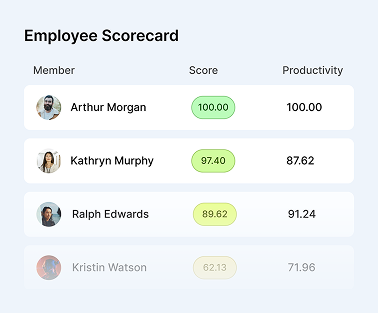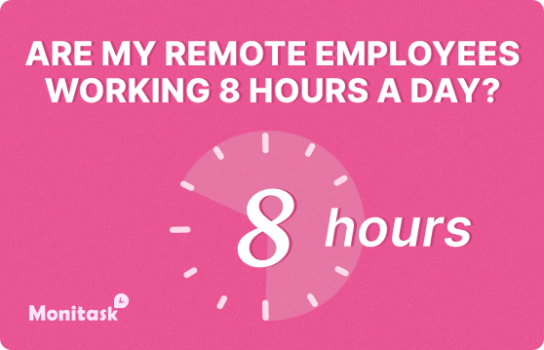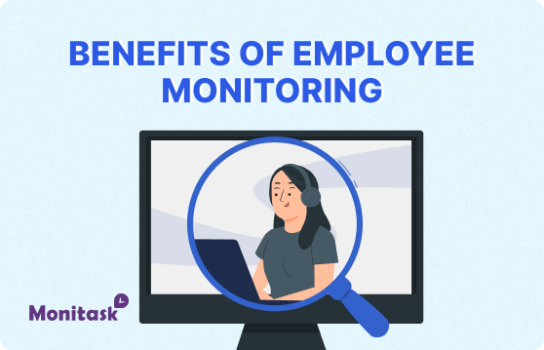How to Measure Employee Satisfaction: Methods, Metrics, and Best Practices
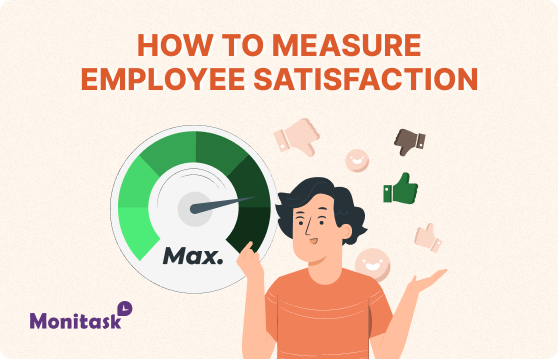
Employee satisfaction has moved from a “nice-to-have” HR metric to a core business priority. In a labor market shaped by remote work, talent shortages, and rising burnout, understanding how employees truly feel about their work is essential for long-term success.
Satisfied employees are more productive, more loyal, and more likely to contribute positively to company culture. When dissatisfaction goes unnoticed, it often surfaces later as disengagement, declining performance, or unexpected resignations.
Measuring employee satisfaction is not about collecting data for reports that sit unused. It is about listening intentionally, identifying risks early, and making informed decisions that improve both employee experience and business outcomes.
What Employee Satisfaction Really Means

Employee satisfaction reflects how content employees are with their roles, work environment, leadership, and overall employment experience. It includes emotional factors such as feeling valued and respected, as well as practical considerations like workload, compensation, flexibility, and career opportunities.
Satisfaction is often confused with engagement, but the two are not identical. An employee may be satisfied with their conditions yet not deeply engaged, or highly engaged while feeling dissatisfied due to stress or poor management.
Understanding satisfaction requires context. It is influenced by individual expectations, company culture, management style, and external factors such as economic stability or personal circumstances. That is why satisfaction cannot be measured through a single question or metric. It must be viewed as a dynamic, multi-dimensional concept that evolves over time.
Key Benefits of Measuring Employee Satisfaction
Organizations that actively measure employee satisfaction gain a clearer understanding of what drives performance and retention.
Regular measurement helps reduce turnover by identifying dissatisfaction before employees decide to leave, while also supporting higher productivity through improved focus, collaboration, and accountability.
Beyond these operational benefits, measuring satisfaction strengthens workplace culture. When employees feel heard, trust in leadership grows, participation in improvement initiatives increases, and issues are more likely to be addressed proactively rather than reactively.
Core Metrics Used to Measure Employee Satisfaction
While satisfaction is qualitative by nature, it can be tracked through structured indicators that reveal trends and patterns. The most commonly used metrics include:
✅ Employee Satisfaction Score (ESAT), which reflects how employees rate their overall satisfaction
✅ Employee Net Promoter Score (eNPS), which measures willingness to recommend the company as a workplace
✅ Voluntary turnover rates and retention trends
✅ Absenteeism and sick leave patterns
✅ Internal mobility and promotion frequency
These metrics should never be analyzed in isolation. For example, high productivity combined with rising turnover may indicate short-term performance at the expense of employee well-being. The goal is to interpret metrics holistically, using them as signals rather than definitive conclusions.
Employee Satisfaction Surveys: The Foundation of Measurement
Surveys remain the most effective way to measure employee satisfaction at scale. They allow organizations to gather structured feedback while preserving anonymity, which encourages more honest responses.
Annual surveys offer a broad view of employee sentiment, while shorter pulse surveys provide timely insight into changes in morale and engagement.
The effectiveness of surveys depends on trust. Employees need to believe that their feedback will be taken seriously and used to improve the workplace rather than to evaluate individuals.
Clear communication about survey purpose, data privacy, and follow-up actions helps ensure that feedback is thoughtful and meaningful rather than cautious or superficial.
Essential Employee Satisfaction Survey Questions
Well-designed survey questions focus on clarity, relevance, and actionability. They should explore multiple dimensions of the employee experience, including:
- Satisfaction with job roles, workloads, and expectations
- Relationships with managers and leadership
- Work-life balance and flexibility
- Compensation, benefits, and recognition
- Career development and growth opportunities
- Alignment with company culture and values
Open-ended questions are especially valuable because they provide context behind quantitative scores. While they require more effort to analyze, they often generate the most actionable insights.
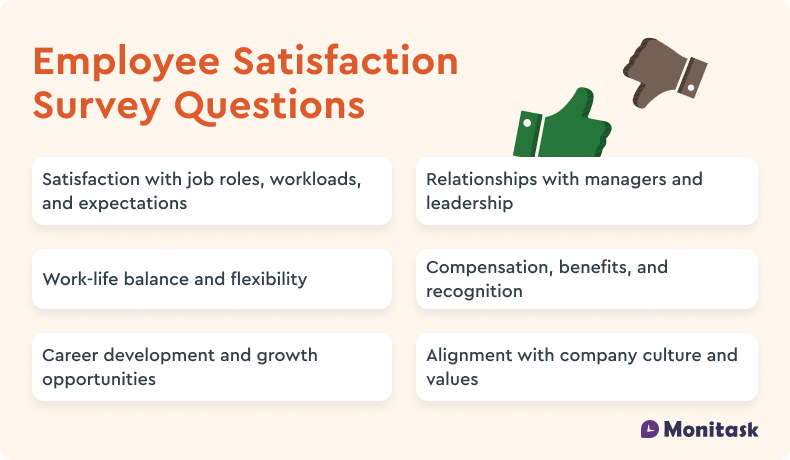
Using One-on-One Meetings and Feedback Sessions
Surveys alone cannot capture the full picture of employee satisfaction. One-on-one meetings give managers the opportunity to explore concerns in more depth while building stronger personal connections with employees.
These conversations often surface issues that employees may hesitate to share in written form, particularly when feedback involves team dynamics or leadership challenges.
To be effective, one-on-one meetings should balance structure with flexibility. Managers need to listen actively, avoid defensiveness, and document recurring themes without turning feedback into a form of performance surveillance.
When employees see that their input leads to meaningful change, trust grows and satisfaction improves naturally.
Measuring Employee Satisfaction in Remote and Hybrid Teams
Remote and hybrid work environments introduce unique challenges for measuring employee satisfaction. Physical distance can mask early signs of disengagement, making it harder to detect stress, overload, or isolation.
In these settings, communication quality, clarity of expectations, and perceived autonomy become especially important indicators of how employees are experiencing their work.
Combining surveys with regular check-ins can help organizations understand how remote employees are coping. For example, missed one-on-one meetings, reduced participation in virtual discussions, or increasing response delays may signal growing dissatisfaction.
At the same time, organizations must avoid excessive monitoring. Satisfaction declines quickly when employees feel watched rather than supported, making transparency and ethical data use essential.

Behavioral and Performance Signals of Satisfaction
Employee satisfaction often shows up in everyday behavior. Consistent participation in meetings, proactive problem-solving, and a willingness to collaborate typically reflect positive sentiment toward work and the organization.
Conversely, behavioral changes such as reduced engagement, declining work quality, or withdrawal from team interactions may indicate underlying dissatisfaction. These signals should be treated as prompts for conversation rather than conclusions.
Behavioral data becomes meaningful only when paired with open dialogue that allows employees to explain their experience and challenges.
Using Technology and HR Tools to Measure Satisfaction
Modern HR platforms make it easier to centralize and analyze satisfaction data. Feedback tools, analytics dashboards, and AI-powered sentiment analysis help identify trends that might otherwise go unnoticed.
When integrated with HR systems, satisfaction data can be correlated with retention, performance, and development outcomes.
Technology should support human decision-making, not replace it. Tools are most effective when they help leaders ask better questions and respond faster to employee needs.
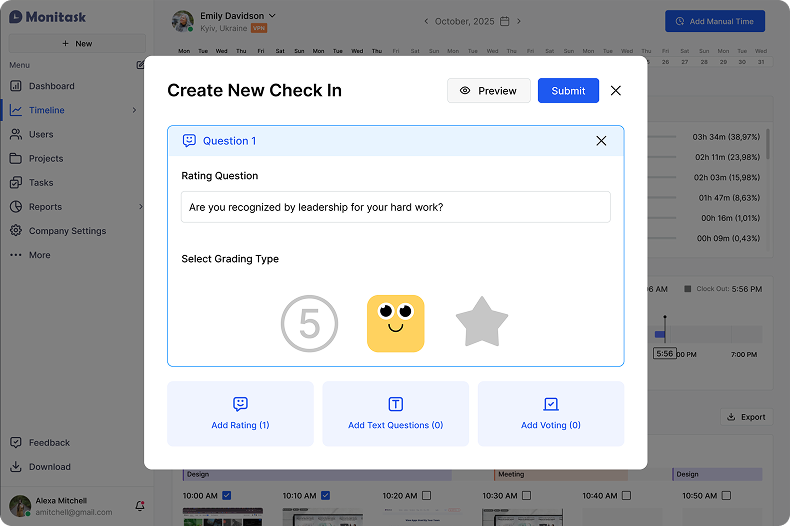
Common Mistakes When Measuring Employee Satisfaction
Despite good intentions, many organizations undermine their employee satisfaction efforts through avoidable mistakes:
❌ Collecting feedback without acting on it
❌ Asking too many questions or relying on vague, unfocused wording
❌ Failing to communicate survey results and clearly outline next steps
❌ Relying solely on numerical scores without understanding their context
These mistakes gradually erode trust and reduce future participation. Measuring employee satisfaction is a long-term commitment, not a one-time initiative.
How to Turn Satisfaction Data into Action
Data becomes valuable only when it leads to improvement. After analyzing results, organizations should prioritize the most critical issues and communicate findings openly. Employees should understand what will change, what cannot change, and why.
Involving employees in solution-building increases buy-in and accountability. Regular follow-ups ensure that initiatives remain relevant and that progress is tracked over time.
Boost your business’s productivity
Track performance and streamline teamwork
Best Practices for Ongoing Employee Satisfaction Measurement
Satisfaction measurement works best as a continuous process rather than an annual event. Organizations should align satisfaction goals with business objectives and train managers to interpret and respond to feedback effectively. As teams grow and work models evolve, measurement strategies must adapt accordingly.
A strong feedback culture does not eliminate dissatisfaction, but it ensures that issues are addressed before they become systemic problems.
The Future of Employee Satisfaction Measurement
Advancements in AI and analytics are shifting satisfaction measurement toward real-time insights and predictive models. Organizations are beginning to anticipate disengagement and burnout before they occur, allowing for earlier intervention. At the same time, employee well-being and mental health are becoming central components of satisfaction frameworks.
The challenge moving forward will be balancing data-driven insights with empathy and ethical responsibility.
Conclusion: Measuring Satisfaction
Measuring employee satisfaction is not about achieving perfect scores or producing flattering reports. It is about understanding reality and responding with intention.
Organizations that listen consistently, act transparently, and treat feedback as a shared responsibility create environments where employees feel valued and motivated.
When satisfaction insights inform everyday decisions rather than isolated initiatives, both people and businesses are better positioned to thrive.
– The Monitask Team
FAQ: Employee Satisfaction
Can employee satisfaction be measured without surveys?
Yes, satisfaction can be assessed through one-on-one meetings, exit interviews, and behavioral indicators such as turnover, absenteeism, and engagement levels. However, surveys remain the most reliable way to gather consistent and comparable data across teams, especially in larger organizations.
What is a good employee satisfaction score?
There is no universal benchmark for a “good” score, as satisfaction levels vary by industry, culture, and region. What matters most is tracking trends over time and comparing results within the organization rather than focusing solely on external benchmarks.
